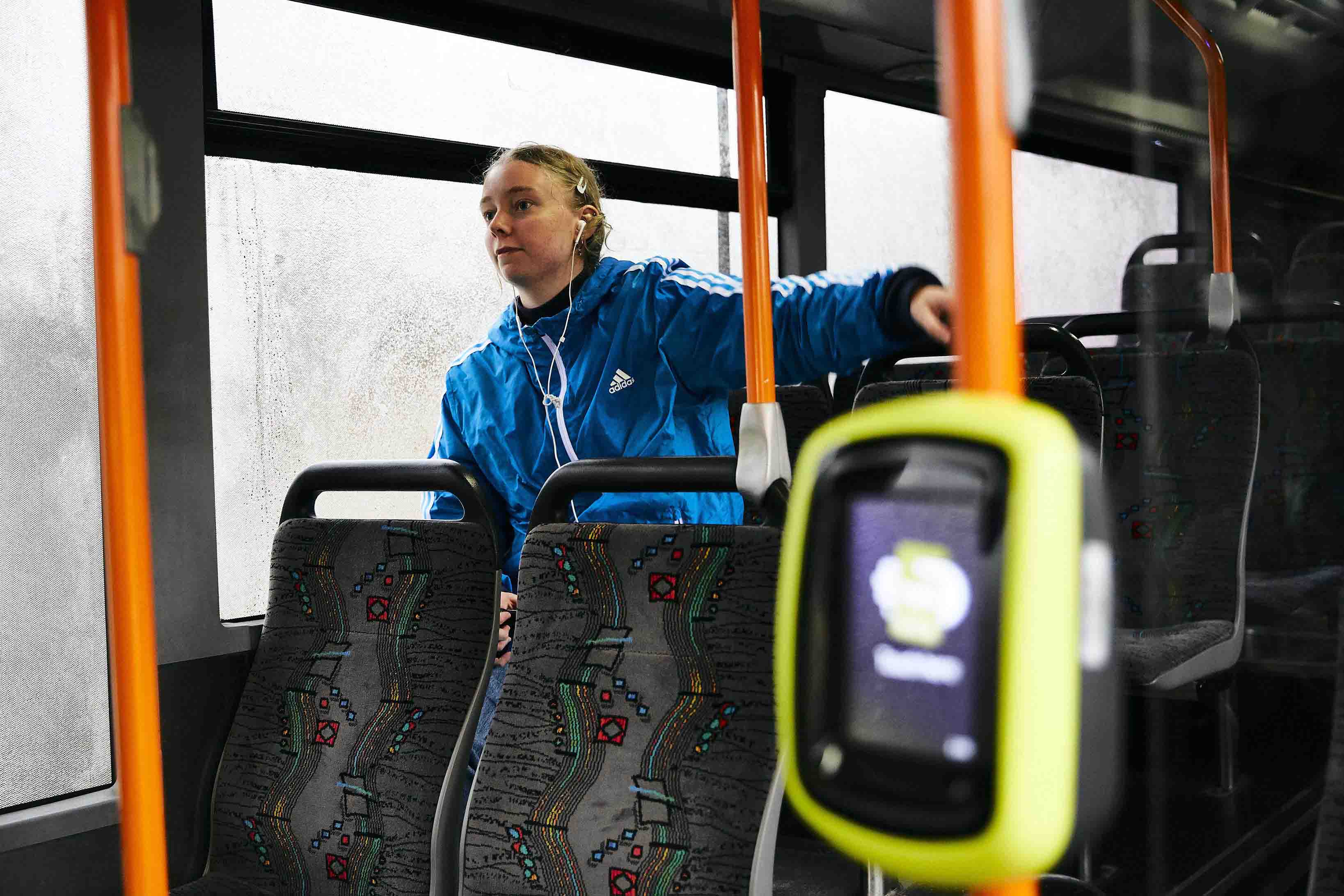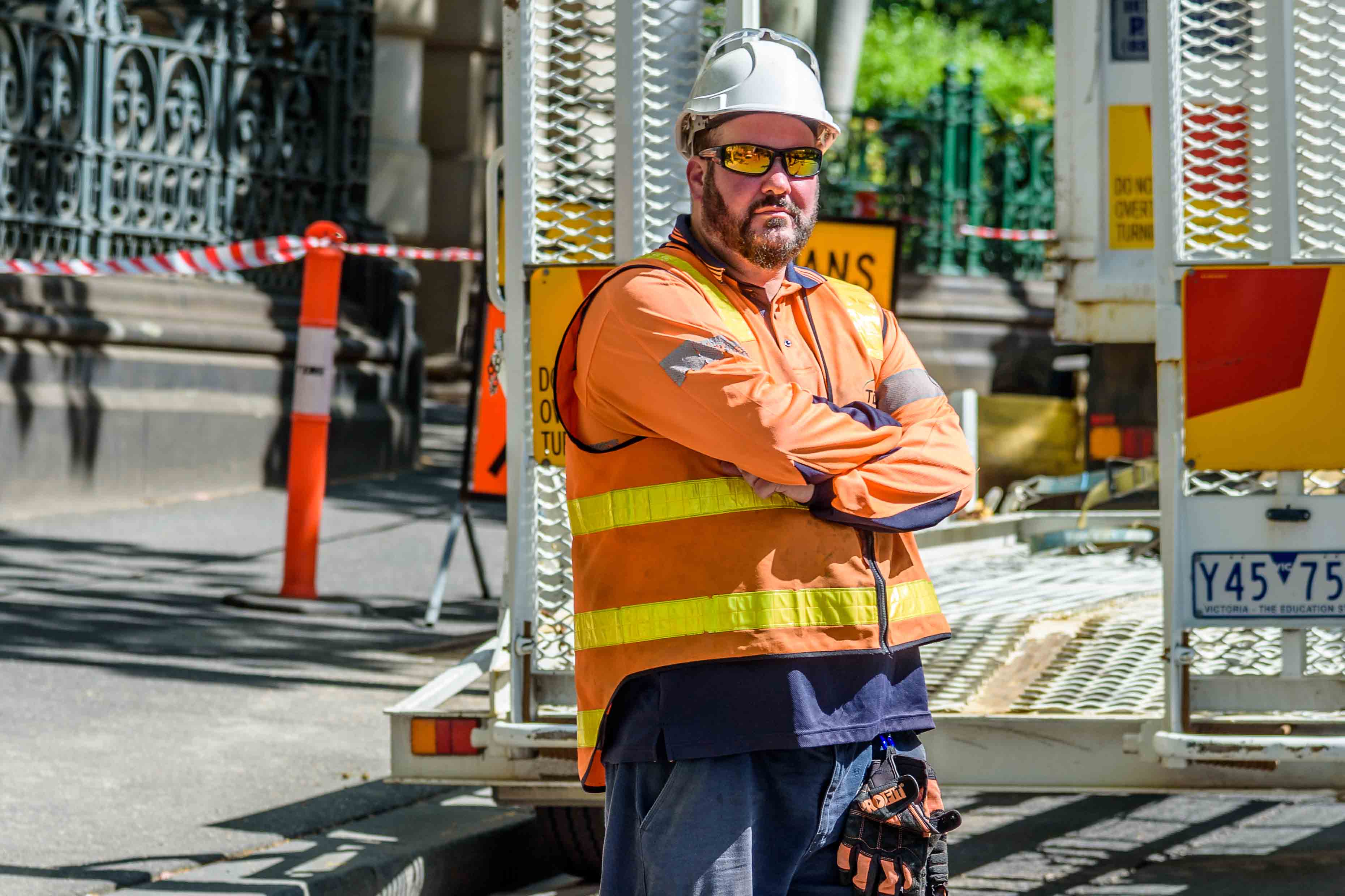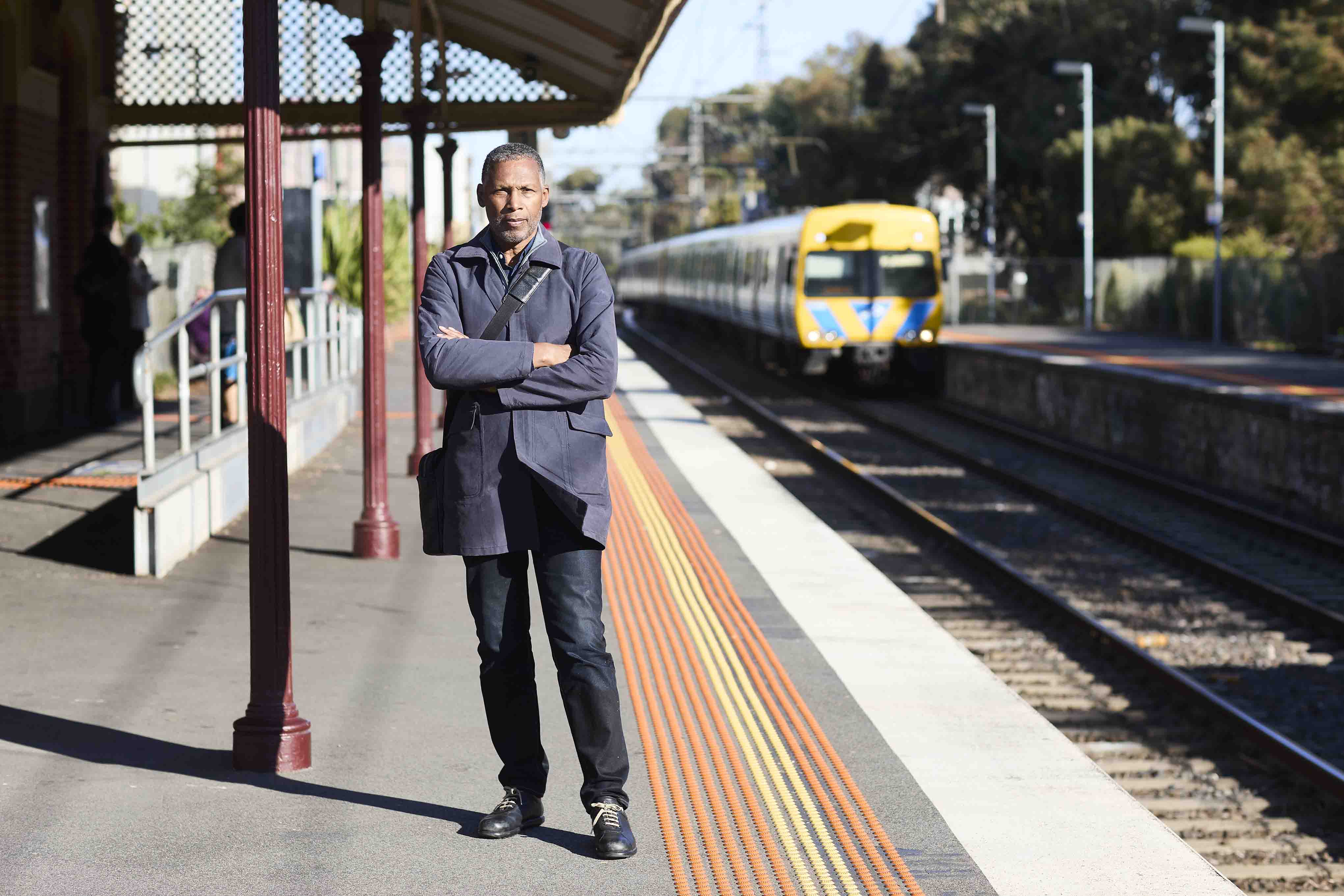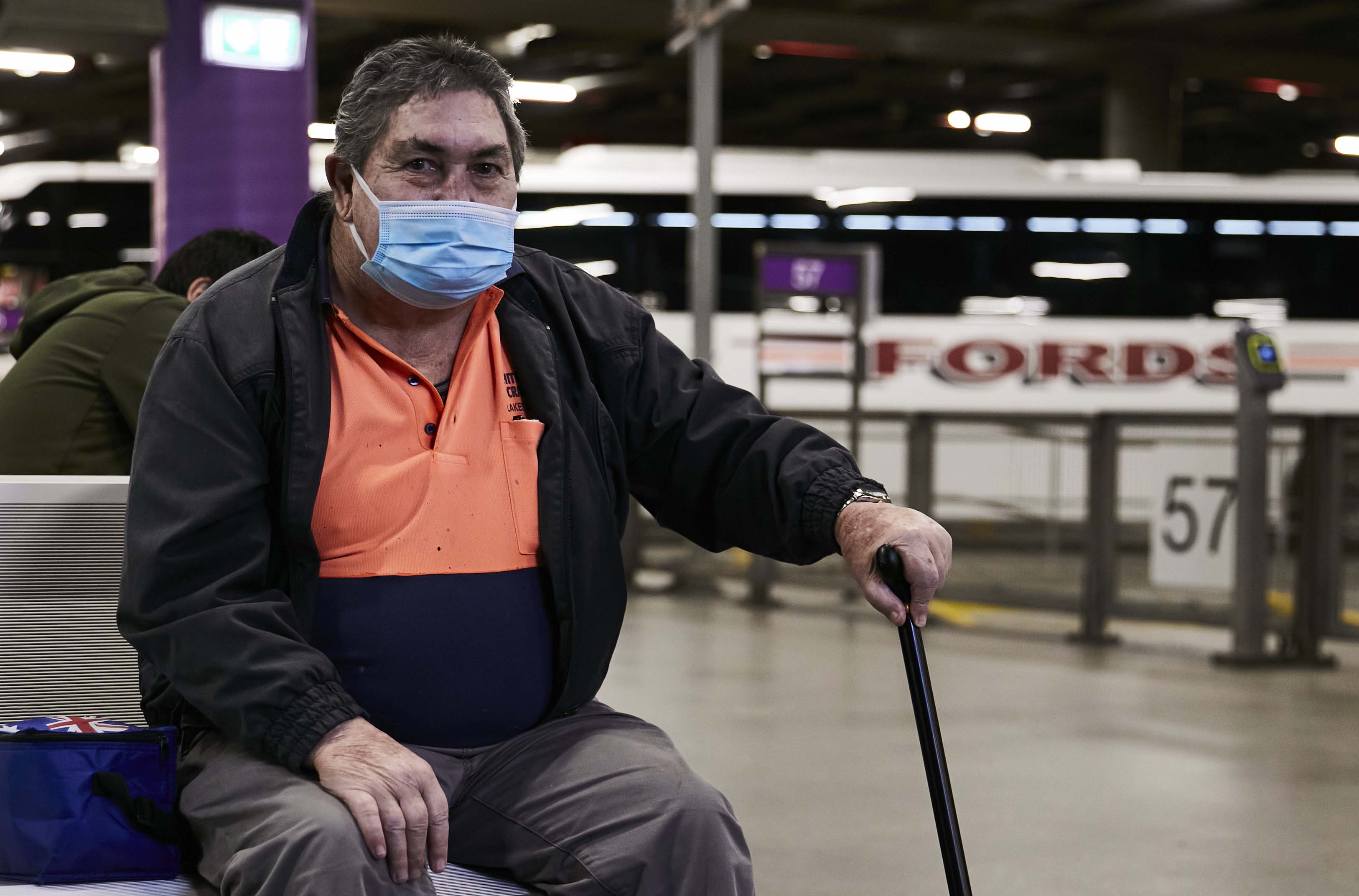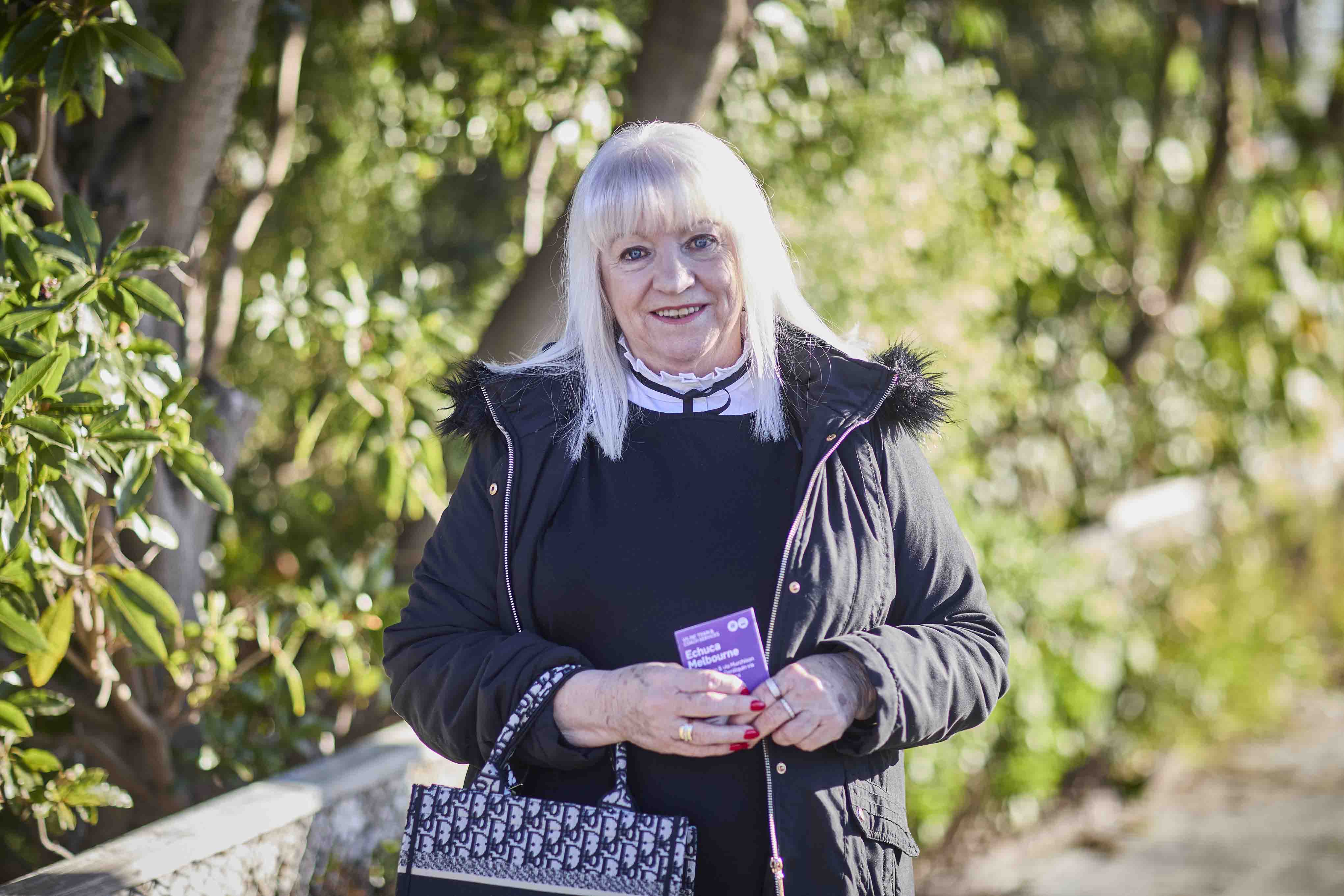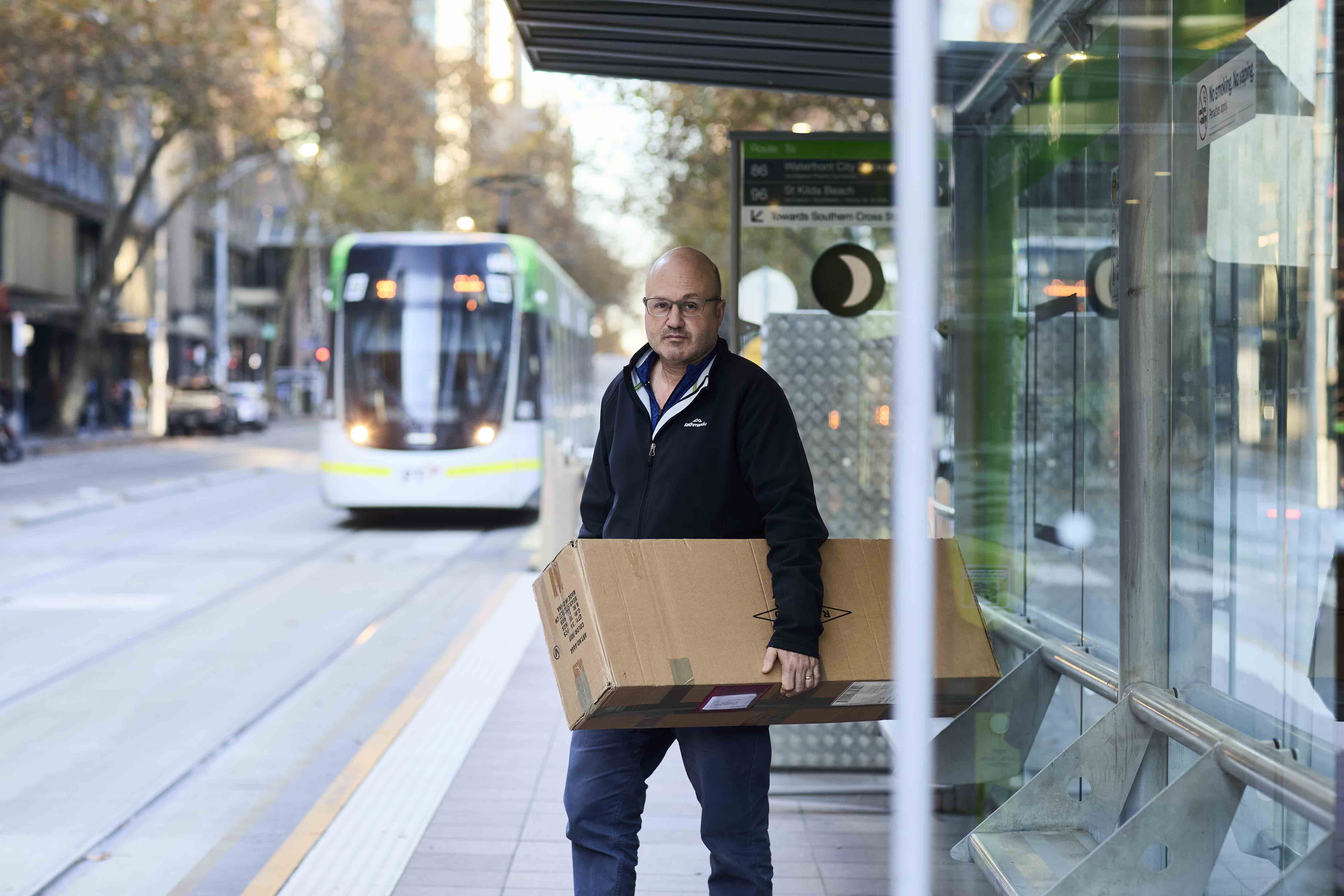Our job is to help people get their voice heard and their complaint resolved. We’re impartial, so we don’t take sides. But we do make sure both sides get a fair hearing, and we offer support to individuals to ensure that this happens.
Here are some real-life stories about how we’ve helped people resolve complaints or disputes with public transport operators. We’ve changed people’s names to protect their privacy.
Annette’s complaint
Annette’s disability makes it hard to get on a bus if drivers don’t stop at the kerb. She’d raised the issue but didn’t see any improvements.
Sujin’s complaint
Sujin asked V/Line about opportunities to improve services for passengers with ASD and sensory processing issues. She felt she wasn’t being heard.
Jan’s complaint
Jan wasn’t getting accurate service information from the PTV app, which meant he couldn’t make alternate travel plans when he needed to.
Nahla’s complaint
Nahla was frustrated that her complaints about bus drivers missing the school pick-up were ignored.
Malcolm’s complaint
Malcolm, who lives next to a train station, had complained several times about very loud station announcements.
Paulos' complaint
Paulos couldn’t get a clear answer about SkyBus ticketing rules and was concerned they might be discriminatory.
Julie’s complaint
It’s hard for Julie to access the internet, so she relies on printed timetables. She couldn’t get a copy of the timetable she urgently needed.
Graham’s complaint
Graham was refused access to a tram. He complained to Yarra Trams and wasn’t happy with their response.


The Public Transport Ombudsman respectfully acknowledges the Traditional Custodians of the lands on which we operate our services. We pay our respects to the ongoing living cultures of Aboriginal and Torres Strait Islander peoples, and to Elders past and present.

